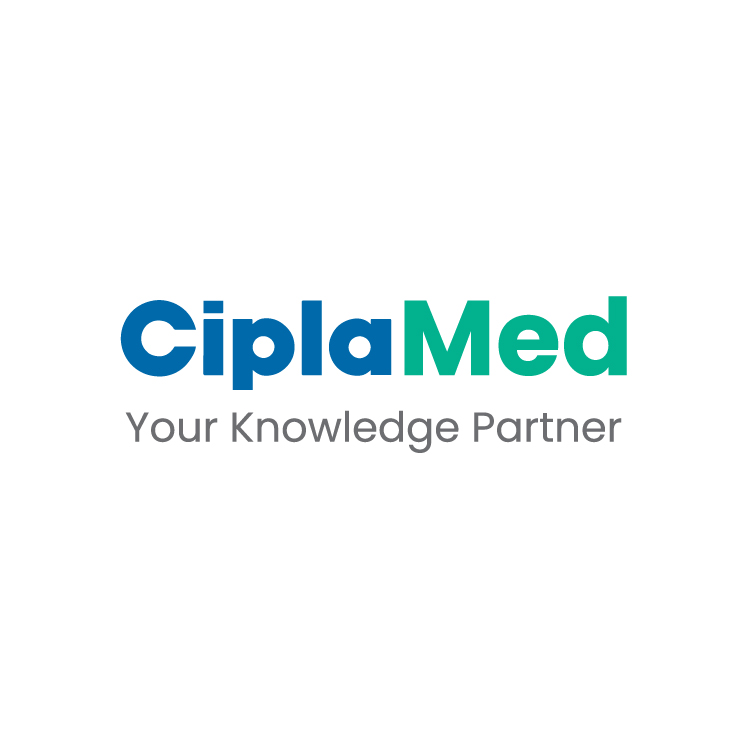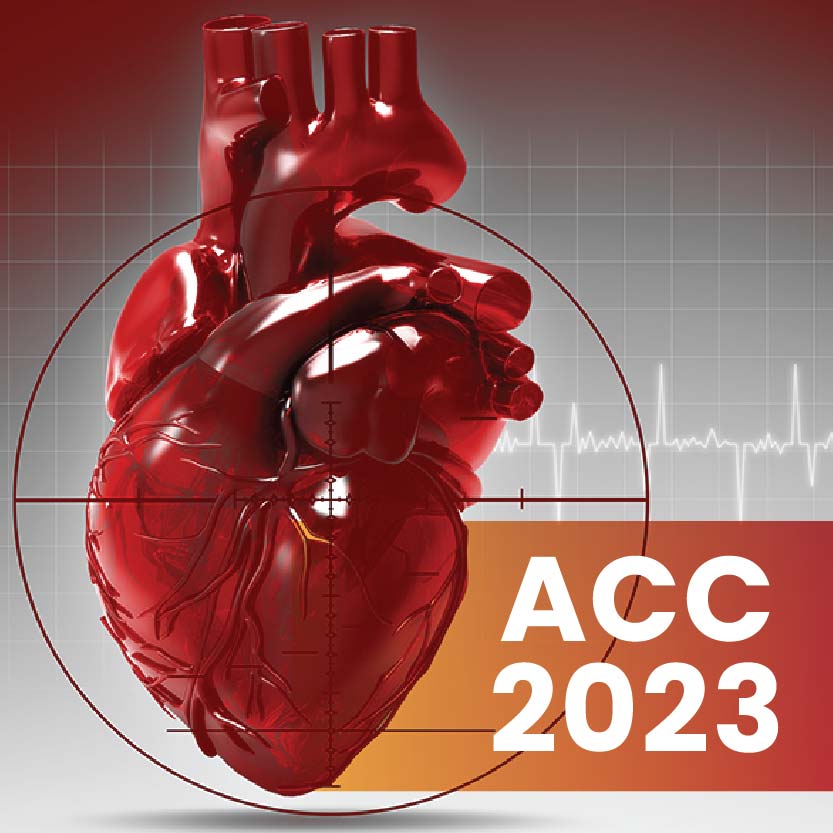ACC 2023: Top 10 Breakthroughs in the Cardiovascular Disease in Women from Pregnancy to Menopause
The webinar discusses the current understanding of chronic ischemic heart disease and chest pain guidelines. Two clinical phenotypes of ischemic heart disease have been identified, obstructive coronary artery disease and non-obstructive coronary artery disease. In addition, multiple endotypes, including coronary microvascular dysfunction, augmented coronary vasoreactivity, non-obstructive coronary atherosclerosis, pre-HFpEF, and multiple organ involvement with microvascular dysfunction, have also been identified. The WISE program identified that 2/3rd of women with stable angina have no obstructive coronary artery disease, and many have coronary microvascular disease or dysfunction, which predicts adverse outcomes. The WISE program has continued, and the WISE pre-HFpEF project hypothesizes that coronary microvascular disease is a pre-HFpEF syndrome that may extend to other organs with microvascular disease. Ischemia with non-obstructive coronary artery disease [(INOCA) or angina pectoris] is the most prevalent symptom of ischemic heart disease, and it is more common in women than in men. Patients with INOCA had increased cardiac events, repeated cardiac hospitalizations, and a markedly impaired quality of life, driving up healthcare costs. The ESC consensus document on INOCA provides a guidance on diagnostic and management approaches, based on existing evidence and best available practices, and identifies knowledge areas for future. ANOCA- Angina (Chest Pain) with non-Obstructive Coronary Arteries, a type of non-obstructive coronary artery disease, in patients undergoing coronary angiography for angina and myocardial Ischemia (MI) that highlights are a need for developing new functional coronary testing. The rich plexus of microcirculation in the heart plays a critical role in distributing blood and oxygen to the myocardium, and microvascular but the dysfunction can lead to adverse outcomes, as demonstrated in the WISE project.
Ischemia in Nonobstructive Coronary artery disease (INOCA) is common in patients undergoing coronary angiography for angina and MI. It has been estimated that 3 to 4 million men and women have INOCA. Non-obstructive coronary artery stenosis, defined as less than or equal to 50%, is prevalent in patients with INOCA. It is most commonly caused by microvascular dysfunction or epicardial coronary artery spasm and functional testing is required to interrogate the microcirculation. Patients with INOCA can present with a wide range of symptoms, with angina being the most common. Diagnosis of INOCA requires a stratified approach, beginning with history and physical examination, followed by non-invasive evaluation or functional testing, and then invasive coronary reactive testing if necessary. Patients with non-obstructive coronary arteries are underrecognized and undertreated, leading to increased morbidity and mortality. Hence it is essential to recognize and treat.
Cardiac catheterization has a low diagnostic yield, particularly in women and non-obstructive coronary artery disease. Therefore, the conversation revolves around vasomotor testing, evaluating a patient's reaction to acetylcholine. It was noted that patients with an abnormal response to acetylcholine are at a higher risk of experiencing cardiac events. The diagnostic criteria for the microvascular disease include the presence of symptoms, objective evidence of ischemia, non-obstructive disease, and confirmation of reduced CFR by adenosine or vasospasm by acetylcholine. Based on current guidelines diagnostic testing in the cath lab for further testing is recommended for patients suspected of having INOCA.
The increase in maternal deaths during the COVID-19 pandemic highlights the impact of social determinism of care on outcomes, particularly affecting certain racial and ethnic groups. Suboptimal cardiac health is associated with adverse pregnancy outcomes, including hypertensive disorders of pregnancy, gestational diabetes, preterm delivery, placental abruption, and small for gestational age infants, which occur in 20-25% of all pregnancies. Women with suboptimal cardiac health, existing hypertension, obesity, dyslipidemia, or insulin resistance are at higher risk of developing APOs. Preeclampsia is recognized as a sex-specific risk factor for long-term cardiovascular disease (CVD), and it is associated with an augmented risk of heart failure, coronary artery disease, heart failure, and stroke. Hypertensive disorders of pregnancy are increasing in prevalence (28% surge). Therefore new treatment targets and care pathways need to be developed to control this issue. Aspirin is widely used for preventing Preeclampsia, and there are ongoing studies to explore its use for reducing the risk of preterm birth. Therefore interventions should focus on reducing the aggregate of suboptimal CV risk factors and risk of APO in postpartum pregnancy.
The Lancet Commission on Women in CVD reports that CVD is the leading cause of death for women globally, accounting for around 35% of all deaths, but remains understudied, underdiagnosed, and undertreated in women. They are least likely to receive preventive treatment for guided guidance therapy, such as lipid-lowering therapy, and aspirin lifestyle changes than are men at similar atherosclerotic cardiovascular risk. It is more likely to understand the mechanism that contributes to worsening risk factors to reduce the future ASCVD mortality and the government should take positive steps to encourage women of all ages to participate in health-promoting activities to increase longevity and reduce long periods of ill health at the end of life.
Menopause is the permanent cessation of ovarian function, which results in changes in lipids and body composition, leading to an increased risk of CVD. The absence of ovarian estrogen was initially believed to be responsible for adverse changes, studies have shown that hormone replacement therapy (HRT) can reduce cardiovascular events. However, the Women's Health Initiative and HERS trials showed no reduction in cardiovascular events for secondary prevention. Currently, HRT is only prescribed to a small percentage (3-4%) of perimenopausal and postmenopausal women. MHT is used to treat menopausal symptoms and consists of estrogen alone or estrogen with progestin. Vaginal estrogen is used for the local treatment of vaginal atrophy. MHT is safe for women less than 10 years post menopause and low ASCVD risk but unsafe for women with intermediate ASCVD risk.
In conclusion, it is important for women of all ages to promote their health and reduce their risk of developing this condition.
American College of Cardiology (ACC) International Congress 2023, 4th March-6th March 2023, New Orleans



